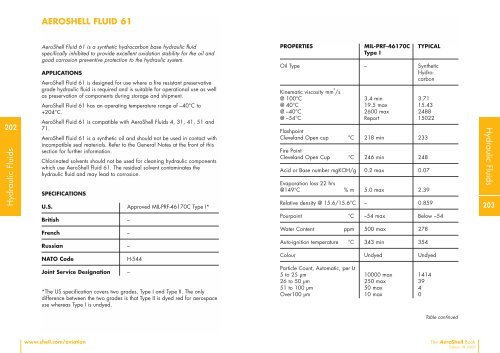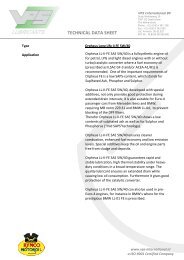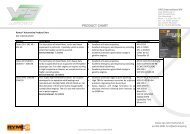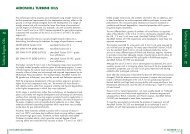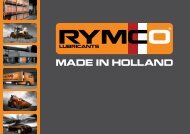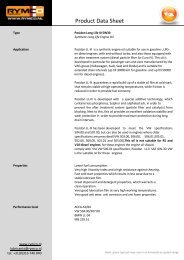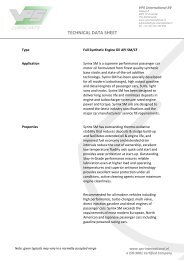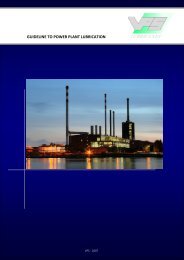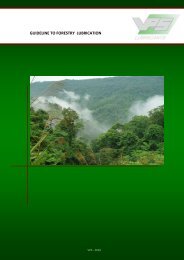AvBook Intro/notes A/W Sect1 - Shell
AvBook Intro/notes A/W Sect1 - Shell
AvBook Intro/notes A/W Sect1 - Shell
You also want an ePaper? Increase the reach of your titles
YUMPU automatically turns print PDFs into web optimized ePapers that Google loves.
AEROSHELL FLUID 61202Hydraulic FluidsAero<strong>Shell</strong> Fluid 61 is a synthetic hydrocarbon base hydraulic fluidspecifically inhibited to provide excellent oxidation stability for the oil andgood corrosion preventive protection to the hydraulic system.APPLICATIONSAero<strong>Shell</strong> Fluid 61 is designed for use where a fire resistant preservativegrade hydraulic fluid is required and is suitable for operational use as wellas preservation of components during storage and shipment.Aero<strong>Shell</strong> Fluid 61 has an operating temperature range of –40°C to+204°C.Aero<strong>Shell</strong> Fluid 61 is compatible with Aero<strong>Shell</strong> Fluids 4, 31, 41, 51 and71.Aero<strong>Shell</strong> Fluid 61 is a synthetic oil and should not be used in contact withincompatible seal materials. Refer to the General Notes at the front of thissection for further information.Chlorinated solvents should not be used for cleaning hydraulic componentswhich use Aero<strong>Shell</strong> Fluid 61. The residual solvent contaminates thehydraulic fluid and may lead to corrosion.SPECIFICATIONSU.S. Approved MIL-PRF-46170C Type I*PROPERTIES MIL-PRF-46170C TYPICALType IOil Type – SyntheticHydrocarbonKinematic viscosity mm 2 /s@ 100°C 3.4 min 3.71@ 40°C 19.5 max 15.43@ –40°C 2600 max 2488@ –54°C Report 15022FlashpointCleveland Open cup °C 218 min 233Fire PointCleveland Open Cup °C 246 min 248Acid or Base number mgKOH/g 0.2 max 0.07Evaporation loss 22 hrs@149°C % m 5.0 max 2.39Relative density @ 15.6/15.6°C – 0.859Hydraulic Fluids203British –Pourpoint °C –54 max Below –54French –Water Content ppm 500 max 278Russian –Auto-ignition temperature °C 343 min 354NATO Code H-544Colour Undyed UndyedJoint Service Designation –*The US specification covers two grades, Type I and Type II. The onlydifference between the two grades is that Type II is dyed red for aerospaceuse whereas Type I is undyed.Particle Count, Automatic, per Lt5 to 25 µm 10000 max 141426 to 50 µm 250 max 3951 to 100 µm 50 max 4Over100 µm 10 max 0Table continuedwww.shell.com/aviationThe Aero<strong>Shell</strong> BookEdition 18 2003


